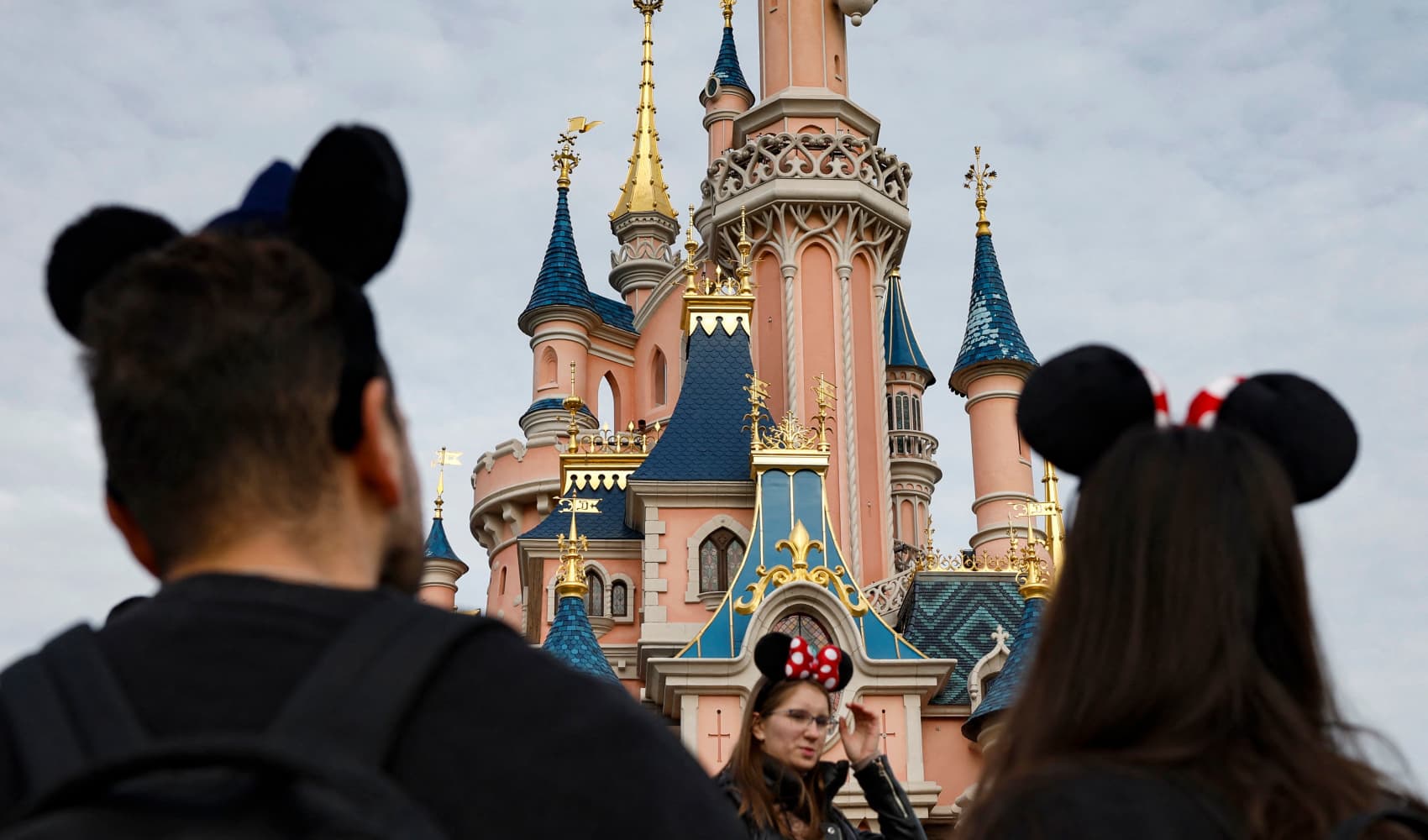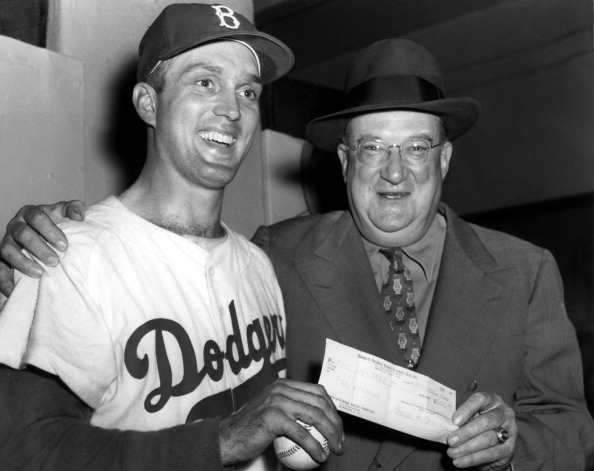A 17-year-old Moreno Valley girl was abducted and killed more than eight years ago by a man whose DNA traces were left like calling cards on her belongings, a prosecutor told jurors Tuesday, while the man's attorney countered that the government's evidence is "faulty" and said none of the facts support a conviction.
"One of the saddest things in the world is the death of a child, and one of the worst things is the violent murder of a child," Riverside County Deputy District Attorney Michael Kersse told the jury tasked with deciding the fate of the alleged killer of Norma Angelica Lopez.
"Norma was brutally ripped from the loving embrace of life and dumped like trash under a tree," he said. "Without DNA, the mystery of her death would have been unsolved. But DNA shows that man kidnapped and killed Norma Lopez."
Jesse Perez Torres, 42, could face the death penalty if the jury convicts him of first-degree murder and finds true a special circumstance allegation of killing in the course of a kidnapping.
Kersse recounted the events leading up to the girl's July 2010 abduction in a field around the corner from Torres' then-residence at 13173 Creekside Way.
The prosecutor said Torres could easily have observed the teen leaving Valley View High School, where she was taking a morning biology class for the summer.
Kersse theorized Torres watched the victim walk by multiple times in the three weeks before she was snatched.
Every day that she'd previously left the Valley View campus, she had been with her boyfriend, Joshua Battest. But on July 15, 2010, he was behind schedule, and Norma set off on her own. She headed south on Creekside, east to Quail Creek Drive, then south again on Mill Creek Road before crossing an open field toward Cottonwood Avenue, where her older sister, Sonia Lopez, and friends gathered almost daily that summer.
Kersse played a security surveillance videotape from a house looking down on Creekside, and the recording captured the last images of Norma alive, walking the route.
The tape also showed, moments later, a green SUV cruising slowly in the direction that she was walking, shortly after 10 a.m. The vehicle re- appears less than five minutes later, speeding away from the area.
According to the prosecution, Torres owned a green Nissan Xterra at the time.
Local
Get Los Angeles's latest local news on crime, entertainment, weather, schools, COVID, cost of living and more. Here's your go-to source for today's LA news.
When Norma failed to arrive at the Cottonwood location by noon, her sister and friends headed into the field, intending to go to the Valley View campus to look for her.
When they crossed the field, they discovered Norma's school binder, purse and a broken earring strewn on the ground, leading to immediate concerns that she had been forcibly taken, at which point her sister begged a passer-by to call 911.
Sheriff's deputies initiated a search, but when no clues regarding Norma's whereabouts turned up after two days, and the weekend began, members of the community and her schoolmates formed their own search parties, distributing flyers bearing her photo and description.
Five days later, Norma's remains were discovered in an olive tree grove at the edge of a residential property on sparsely populated Theodore Street, roughly 2 1/2 miles east of where she was snatched. Her decomposing body was naked from the waist up, covered in insects and bloated from the intense summer heat.
Kersse alleged that "touch" DNA samples were lifted from the earring fragments, Norma's jeans, her panties and purse. He acknowledged the evidence was barely sufficient for the California Department of Justice to develop a partial DNA profile, but a private company with more sophisticated techniques was retained, and scientists there processed the forensic data and delivered a fuller profile of the donor.
No matches were initially found in the state's Combined DNA Index System, better known as CODIS. But Kersse said that changed by September 2011, when potential matches were identified out of the 1.8 million individuals with DNA profiles in the database.
The prosecutor alleged that Torres was the best match, culminating in his detention by sheriff's detectives, who found him at a Long Beach property owned by his mother.
Torres had been required to provide DNA samples after a domestic violence conviction in early 2011.
"The defendant lies and equivocates, trying to explain away his actions on July 15, 2010," Kersse said. "He offers a false alibi."
Along with DNA evidence, the prosecutor alleged fibers emanating from a carpet exactly like the one in the Moreno Valley house where Torres resided were located on Norma's underwear.
Defense attorney John Dorr repudiated the prosecution's contention that the DNA presented a substantive link between his client and the crime.
"There were 24 potential DNA matches," Dorr told the jury. "You will hear nothing about the other 23, who they are, or their criminal backgrounds."
The attorney criticized the handling of the DNA collected from the earring, showing pictures of it in the field that suggested it had been moved at least twice, possibly by evidence technicians, who could have contaminated it before sending it to be processed for forensic clues.
"There was no sound reason to move that piece of evidence," Dorr said.
He also challenged the prosecution's theory that Torres, who stands 5 feet 3 inches and weighs 109 pounds, could manhandle the victim, who was 5 feet 7 inches tall and 110 pounds, wrestling her into his vehicle and controlling her for however long necessary to commit the crime.
"It would have been impossible," Dorr said. "This would have required several people."
The defendant is being held without bail at the Robert Presley Jail in Riverside, where he has been in custody since October 2011. Challenges to evidence, changes in defense teams and prosecutors involved in the case contributed to delays in bringing it to trial.



